Happy Thanksgiving! As Americans celebrate and express gratitude for their good fortunes this week, I’d like to take a moment to give thanks for you, blog reader, client, friend. Thanks for being here and for your interest in my writings and work.
I even have a fab freebie for you as a small token of my appreciation. My Art Aligned manifesto has been transformed into a beautiful, downloadable and printable PDF and it’s free for download for you…for everyone. Grab your copy here. I hope it serves as a little dose of inspiration for you.
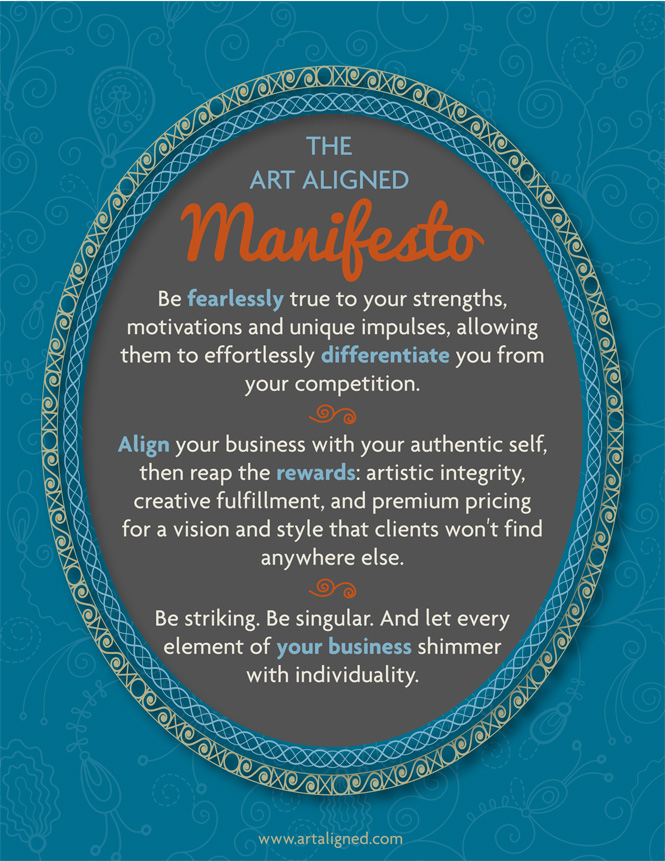 Download your free copy here Personally, I’m a bit obsessed with it. I love how the words are framed like a mirror into which you can delve into your innermost thoughts, feelings, hopes, dreams, and desires—to create your ideal business. What do you think? If you print it out and find it valuable, give me a shout in the comments.
Cheers, and Happy Thanksgiving,

Josh Kaufman’s definition of a business (excerpted from his book, The Personal MBA: Master the Art of Business) is something to behold. Here it is:
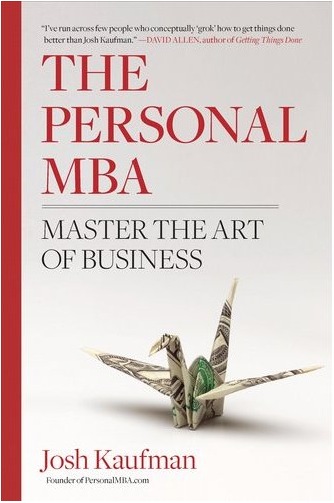 Roughly defined, a business is a repeatable process that: Roughly defined, a business is a repeatable process that:
- Creates and delivers something of value…
- That other people want or need…
- At a price they’re willing to pay…
- In a way that satisfies the customer’s needs and expectations…
- So that the business brings in enough profit to make it worthwhile for the owners to continue operation.
It doesn’t matter if you’re running a solo venture or a billion-dollar brand. Take any one of these five factors away, and you don’t have a business—you have something else. A venture that doesn’t create value for others is a hobby. A venture that doesn’t attract attention is a flop. A venture that doesn’t sell the value it creates is a nonprofit. A venture that doesn’t deliver what it promises is a scam. A venture that doesn’t bring in enough money to keep operating will inevitably close.
At the core, every business is fundamentally a collection of five interdependent processes, each of which flows into the next:
- Value Creation. Discovering what people need or want, then creating it.
- Marketing. Attracting attention and building demand for what you’ve created.
- Sales. Turning prospective customers into paying customers.
- Value Delivery. Giving your customers what you’ve promised and ensuring that they’re satisfied.
- Finance. Bringing in enough money to keep going and make your effort worthwhile.
If these five things sound simple, it’s because they are. Business is not (and has never been) rocket science—it’s simply a process of identifying a problem and finding a way to solve it that benefits both parties.
Beautiful, isn’t it? Simple, elegant, and comprehensible. And you get all of this goodness at the beginning of chapter two.
Some people have claimed Josh’s book is overly simplified—and it may be if you’re running a hedge fund—but frankly it’s all a small business owner needs to know about the fundamentals of business. And make no mistake: If you plan to run a business, you need to understand these fundamentals, above and beyond what you know about your specialty whether it’s photography, coaching, massage therapy, or something else. It’s part and parcel of being a responsible business owner. So, there you go, I got you started. If you’re curious to know more, pick up a copy of Josh’s book. I read it and enjoyed it. You can too.
Anything surprise you about the definition? Let me know in the comments.
Cheers,

Note: Yep, that’s an affiliate link up top, which means I make a penny or two if you order the book from Amazon. But, I’d never recommend something I haven’t actually read and found valuable.
Brian and I have been experimenting with gluten-free baking. It’s a big thing to add to our existing dietary restrictions, which include no sugar and minimal dairy (zero cheese). He’s been working on a gluten-free, sugar-free, dairy-free fruit muffin recipe (adapted from Kitchen Rag) and I’m loving it! We’ve tried it a couple of times now, first with frozen blueberries and, most recently, with a collection of fresh raspberries, blueberries and strawberries that were just heading over the hill.
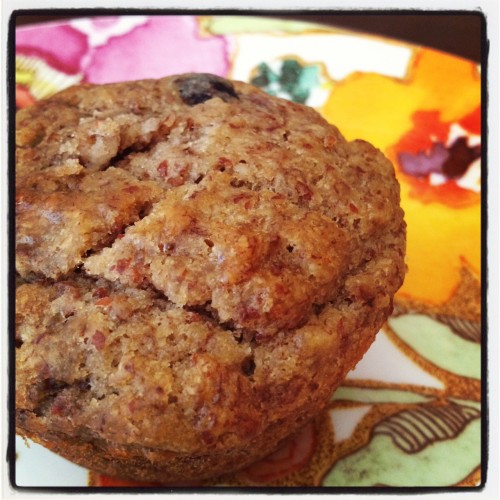
If you’d like to try it yourself, here’s the recipe:
Dry Ingredients
- 1 cu Trader Joe’s gluten-free flour
- 1-1/2 cu almond meal
- 1/2 teaspoon baking soda
- 1-1/2 teaspoons baking powder
- 1/2 teaspoon cinnamon
- 1/4 cu chopped pecans
Wet Ingredients
- 4 overripe mashed bananas, mixed well (we store overripe bananas in the freezer, then thaw for baking)
- 1 cu fruit of choice, small pieces
- 1/2 cu applesauce (no-sugar-added variety)
- 3/4 cu virgin coconut oil, heated so it will mix well
- 1 teaspoon vanilla
- 1/2 teaspoon lemon salt
- 1 egg
- Preheat oven to 375 degrees and grease muffin tin with coconut oil.
- Mix your wet ingredients and dry ingredients (excluding pecans) separately.
- Add dry ingredients to wet and blend thoroughly, but not too much.
- Add pecans & pour mix into muffin tin.
- Bake for about 25 minutes. When toothpick comes out clean, the muffins are ready. However, they may stick to the pan due to the almond meal. Gently loosen them and remove from the pan to cool on a rack.
Enjoy, and please let us know how it worked for you!
Cheers,

Recently, I felt called to create a new vision board. I came back from my trip to Costa Rica in March with a strong need to nest, to begin making my adopted home of Northern California a real home base with a stronger sense of family and community.
Hubby and I decided to dedicate our Thursday date night this week to vision boarding at Lori Krein’s new studio in Campbell. Here is mine:

While my 2012 vision board focused on my total life experience and was laid out in keeping with the feng shui baguas, this one was all about home and family and laid out purely intuitively. What’s it about? — A happy marriage; a comfortable, beautiful home; healthy and creative living; and an expanding family.
What’s on your vision board this year?

Can you believe I’ve already finished my fourth painting? Me either, but since it was my first self-directed watercolor, I chose an easy one. Painting is self-care for me, something I try to do it frequently.
This painting was inspired by a photo taken by my friend, Mike, a coxswain at Oregon State. You can see the painting’s evolution, from inspiration to finish below:

And here’s another of the finished piece:

Why was this painting my first self-directed exercise?
- Well, as I said, it’s pretty easy. It was painted mostly wet on wet, which means wet paint on already wet paper, allowing the colors to blend and move together without hard edges. The trees, mountains, and rowing team were painted wet on dry, allowing the hard edges to more strongly define the painting’s foreground elements.
- Also, I love water—you’ll see it as a theme in most of my paintings going forward—and who could resist this sky?
Do you have any questions about painting or how I put this one together? Let me know in the comments. I’m certainly no watercolor expert, but I’ll do my best to answer.
How have you practiced self-care recently?
Cheers,

P.s. Thanks, again, to Mike for the inspiration — Go Beavers!
|









 Roughly defined, a business is a repeatable process that:
Roughly defined, a business is a repeatable process that:

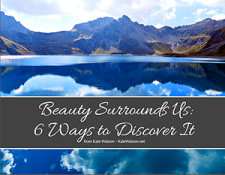
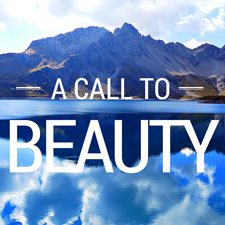
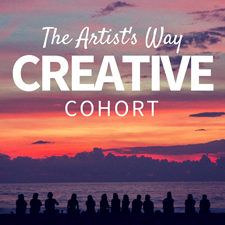
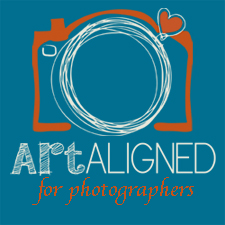






Business Success, Part 4 – On Market & Pricing » KateWatson.net - […] you have to sell your services and products to make enough money to cover costs—you’re not a business without that—there’s wiggle room in how much more than your costs you need to charge. […]